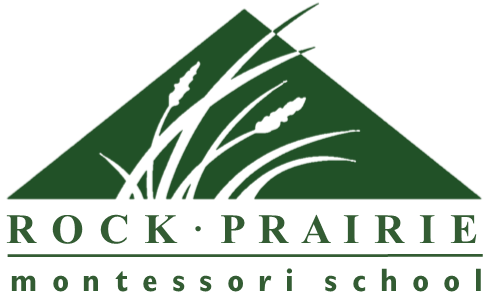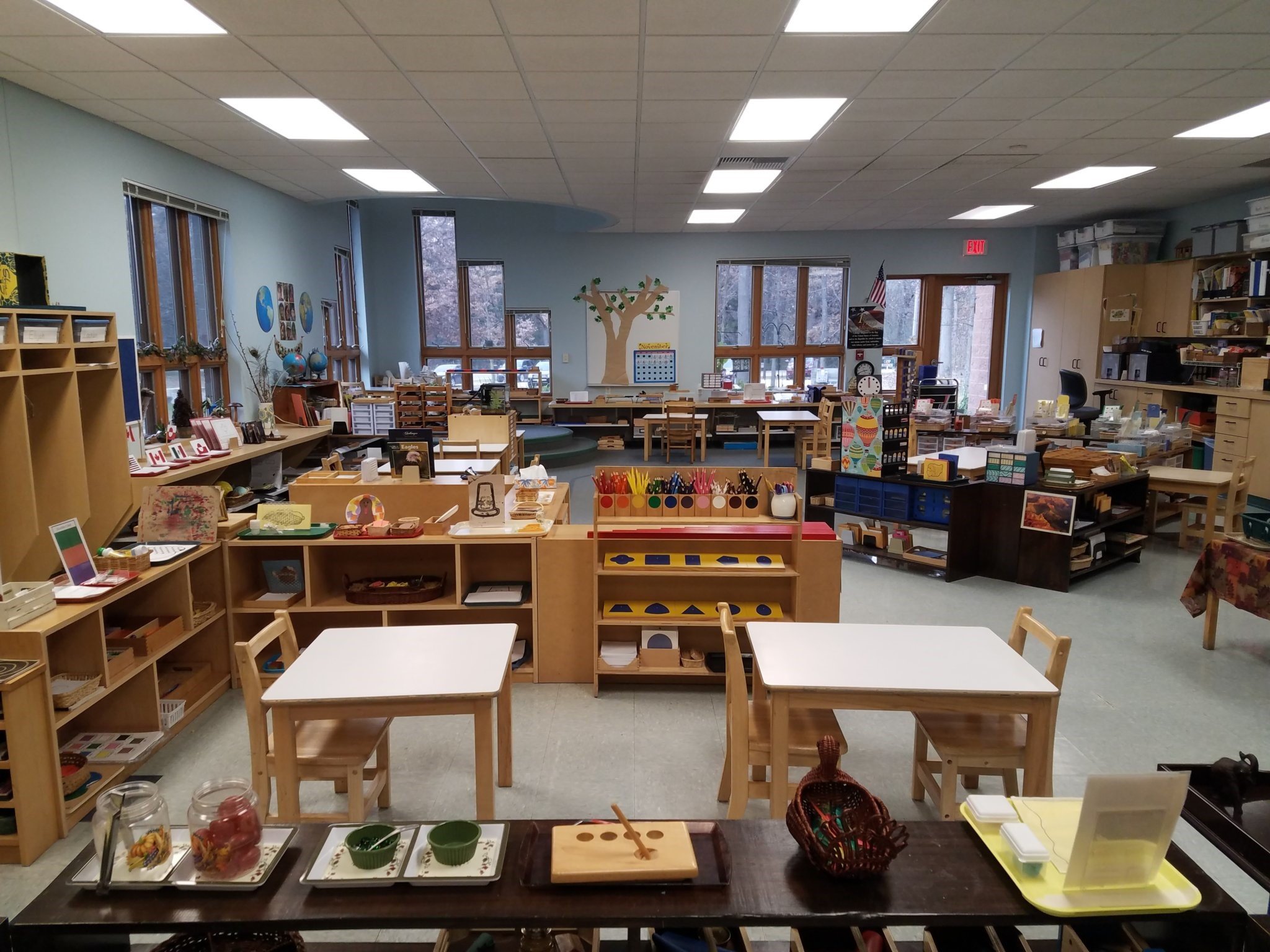CHILDREN'S HOUSE
Children ages 3-6 years meet from 8:30-11:30 am (M-F)
Our preschool and Kindergarten program is named “Children's House” for everything within it is designed to allow the child to feel safe, comfortable and independent. The environment is beautifully prepared where younger children learn by observing the older students, who in turn benefit from their responsibilities as role models. The classroom is divided into distinct curricular areas which encourages a child’s exploration for an independent learning experience guided by their teacher.
Practical Life
In this area of the classroom children are drawn to the interesting materials they can master on their own. Spending time in the Practical Life area is the chief trainer of focus and concentration in young children. Working on these activities develops fine motor skills and a sense of care for the environment.
Sensorial
Children use all of their senses to explore sensorimotor materials in the classroom. Discrimination of shape and form by grading objects of varying size along with experiences with color, texture, temperature, weight and taste allow a child to gain a foundation of understanding of the world around them.
Language / Reading
Language development occurs organically in all areas of the classroom. Children learn rich vocabulary while working and teachers add context to a child’s observations that supports language enrichment. A phonetic approach is utilized for reading development, applying a systematic sequence of lessons using tactile materials.
Math
Using materials for concrete representations in identifying, sequencing, and counting quantities is the cornerstone of the Montessori math curriculum. These materials support a student’s development of a mathematical mind. As a child masters understanding they move to abstraction in their elementary years.
Science
Children’s natural curiosity about the world around them is demonstrated as they explore and experiment with a variety of activities in Science. Earth and Physical sciences along with Life science materials give the child the opportunity to independently find answers for what they seek.
Geography
Children learn about the physical world along with developing an understanding of other peoples, cultural customs, diversity and their place in the world. Songs and stories are shared to gain insight. Physical properties such as learning about different eco-systems, land characteristics, continents and regions are an integral part of the curriculum.






